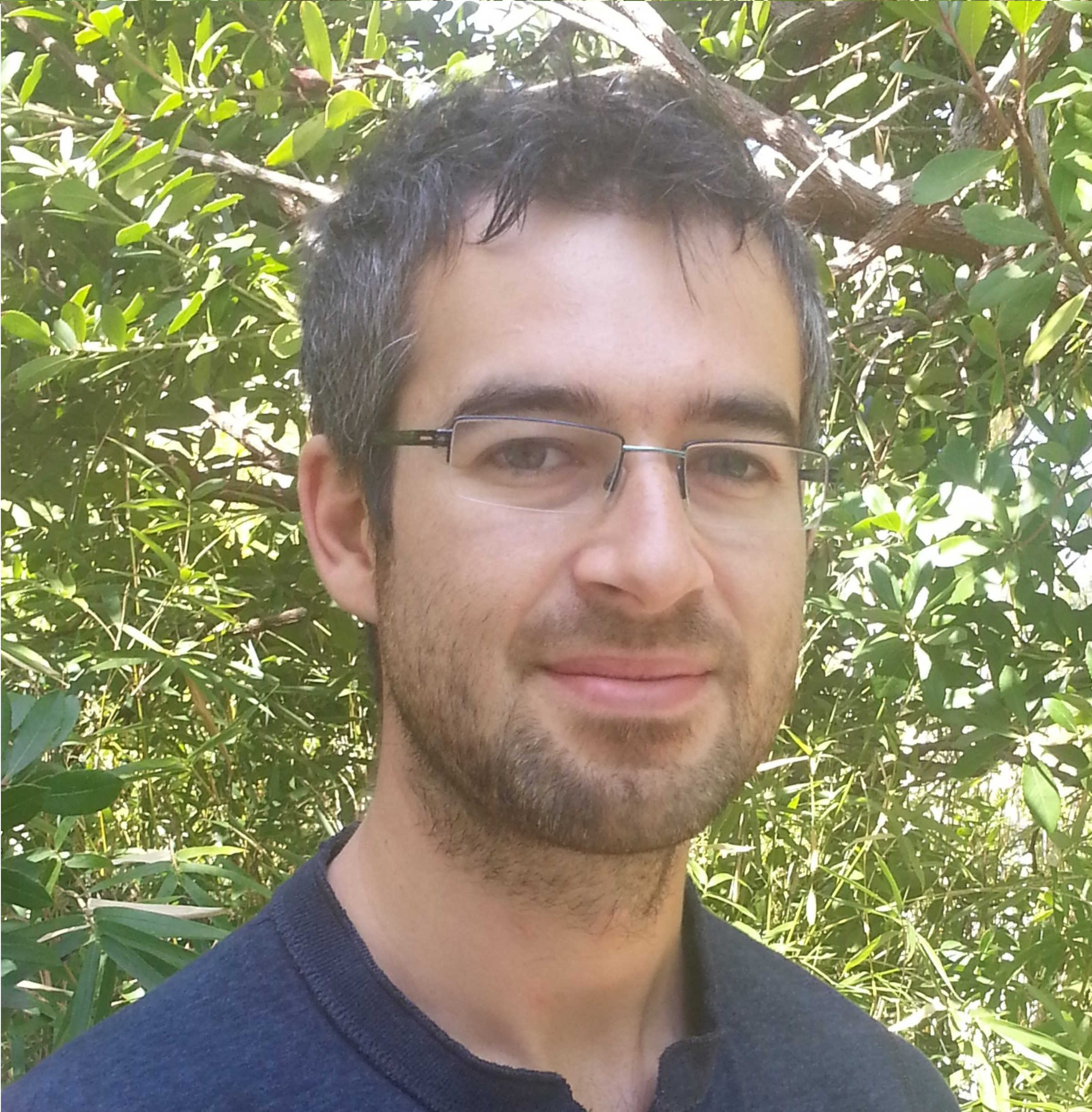
Email
sebastiano{dot}peotta{@}aalto{dot}fi
Mailing address
Department of Applied Physics
Aalto University
PL 15100
FI-00076 Aalto
Finland
ORCID ID: orcid.org/0000-0002-9947-1261
Researcher ID: C-4856-2015
I have received my Master's degree in Physics at the University of Pisa (Italy) in 2010 and completed my graduate studies at Scuola Normale Superiore di Pisa (Italy), defending my Ph.D. thesis in 2013 (thesis supervisors: Prof. Rosario Fazio and Dr. Marco Polini). The topic of the thesis was the non-equilibrium dynamics of one-dimensional quantum many-body quantum systems realized in the context of ultracold gases. From 2013 to the end of 2014, I have been working as a post-doctoral researcher in the group of Prof. Massimiliano Di Ventra in the Department of Condensed Matter Physics at University of California-San Diego. My research at UCSD has been focused on the transport properties of ultracold gases, moreover I proposed a new implementation of a memristor based on Josephson junctions, the so-called "superconducting memristor". In 2015 I moved to Finland, where I started another post-doctoral appointment in the Quantum Dynamics group of Prof. Päivi Törmä at Aalto University. From 2016 to 2018, I have been a Marie Skłodowska-Curie Fellow hosted in the same group. The name of the Marie Skłodowska-Curie project was "Flat bands and topology in superconductive materials" (FLATOPS). My broad research field is quantum many-body physics with application to ultracold gases and condensed matter systems, in particular I am interested in superfluid/superconductive phases of matters. While at Aalto University I have explored the properties of superfluids realized in flat (dispersionless) Bloch bands in the presence of interactions, called flat band superfluids. In particular the main result of my research has been to establish a relation between superfluid weight and certain geometric and topological invariants encoded in the flat band wave functions. The superfluid weight is the fundamental transport coefficient characterizing any superfluid phase. My work has established flat bands as a promising way to realize superconductivity at high temperatures, moreover my results for the superfluid weight have found application in a novel artificial quantum material, magic angle-twisted bilayer graphene, where quasi-flat bands are realized and unconventional superconductivity has been recently experimentally observed.
The foundations of quantum mechanics were laid down almost one century ago, but it is still a topic of active research. We know the fundamental equations governing matter at the microscopic level (Schrödinger equation, Dirac equation, Standard Model, etc.) and these can predict with astonishing accuracy the properties of few-particle ensembles, for example the hydrogen atom emission spectrum. However things get difficult when a large, macroscopic, number of particles is involved and this is precisely the realm of condensed matter physics, whose ultimate goal is to predict the properties of materials starting from the atomic structure. It turns out that the equations of quantum mechanics are extremely difficult to solve, namely the effort required for their solution grows exponentially with the size of the system under study.
Although a definitive answer to this "exponential wall" problem has not been given yet, many ingenious techniques have been developed over the years to overcome it. I have been working extensively with a numerical method called Density Matrix Renormalization Group which is especially useful for one-dimensional quantum many-body systems. I used this method to study a number of phenomena relevant for experiments in ultracold gases, which are arguably the simplest, yet nontrivial, quantum mechanical systems defying our theoretical understanding.
A recurrent subject of my research is superconductivity, superfluidity and the Josephson effect, important examples of macroscopic quantum effects. Together with prof. Massimiliano Di Ventra I have proposed an implementation of a superconducting memristor using Josephson junctions. More recently in prof. Törmä group I became interested in the transport properties of flat bands. It has been predicted that flat bands can enhance dramatically the critical temperature of the superconducting transition which is very desiderable for practical applications. Together with prof. Törmä I discovered a novel connection between superfluidity and the geometric and topological properties of the band structure. These results may provide an explanation for the puzzling behavior of known high-temperature superconductors.
More details can be found in my publications.
Quantum dynamics group of prof. Päivi Törmä
prof. Massimiliano Di Ventra group at University of California San Diego, United States
Condensed Matter and Quantum Information Theory group at Scuola Normale Superiore di Pisa, Italy